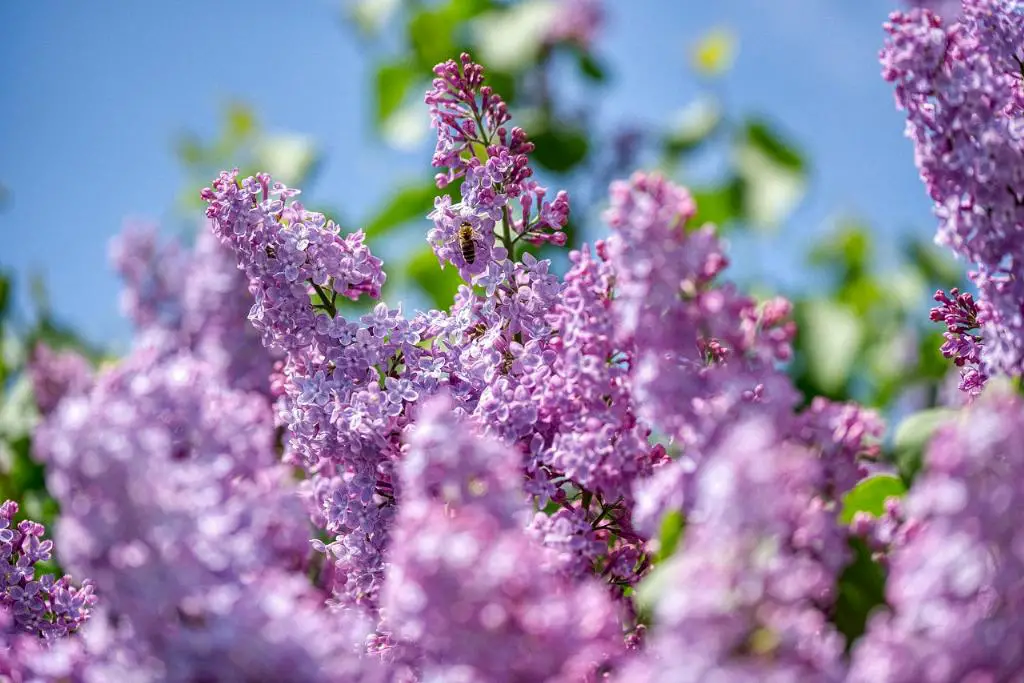Transplanting lilac shoots in the fall can be a great option for gardeners looking to establish healthy, thriving bushes. While lilacs or any other bush or tree can technically be planted at any time, there are some advantages to transplanting in the fall.
Benefits of Transplanting Lilac Shoots in the Fall
One of the main advantages of transplanting lilac shoots in the fall is that it allows the roots to establish before the bush needs to focus on producing leaves and flowers. This can help the plant develop a strong root system, which is essential for its long-term health and growth.
Additionally, fall typically brings cooler temperatures and more consistent rainfall, creating ideal conditions for newly transplanted lilac shoots. The cooler weather reduces the stress on the plant and helps it acclimate to its new environment without the added pressure of extreme heat.
How to Successfully Transplant Lilac Shoots in the Fall
When transplanting lilac shoots in the fall, it’s important to choose a suitable location with well-draining soil and ample sunlight. Make sure to dig a hole that is at least twice the width of the root ball and plant the lilac at the same depth as it was in its previous location.
Water the newly transplanted lilac thoroughly after planting to ensure that the roots are well hydrated. Keep the soil consistently moist throughout the fall to help the plant establish itself before the winter months.
Common Mistakes to Avoid When Transplanting Lilac Shoots
One common mistake when transplanting lilac shoots in the fall is not properly preparing the new planting site. It’s essential to remove any weeds or debris and amend the soil with compost or other organic matter to provide the lilac with the necessary nutrients.
Another mistake to avoid is planting the lilac too deep or too shallow. This can hinder root growth and overall plant health. Make sure to plant the lilac at the correct depth and backfill the hole with soil, gently tamping it down to remove air pockets.

